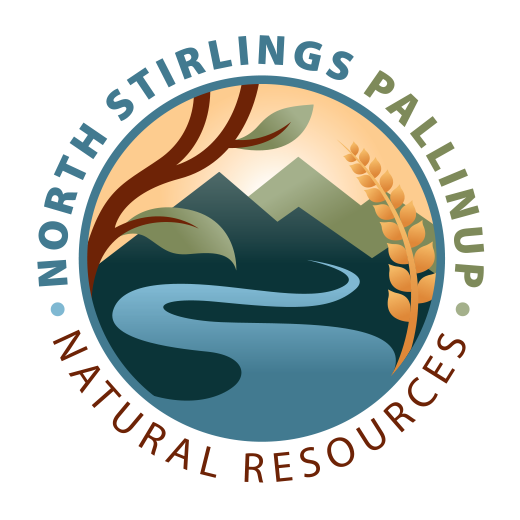Dan recently completed a Masters of Ag Science at UWA, during which he did research on the impact of land use on soil carbon content and stability up to the depth of 1m on a Wheatbelt farm (the UWA farm in Ridgefield). Dan reached out to us to share his research and we here at NSPNR thought it was very topical and wanted to share! We hope you find Dan’s summary of his project interesting.
Unearthing the impact of land use on deep soil carbon: a West Australian Wheatbelt example
Dan Kierath
Key Points
· Land management decisions can impact carbon content and stability in soil.
· Soil carbon stability increases with depth and soil clay content.
· Any decision to increase soil carbon is subject to farm-level meteorological, soil and financial constraints.
The topic of atmospheric carbon and its impacts can be highly contentious and promote strong reactions from both sides of the debate. But one point that cannot be argued is that all of Australia’s big four banks and Rabobank are all signatories to the Net Zero Banking alliance, which is a global banking agreement to have a lending portfolio with net zero emissions by 2050. This means that a farm’s carbon footprint may become a factor impacting access to, or the interest rates of, debt finance.
There is no silver bullet to reduce farm emissions, and this will require an industry-wide effort to achieve. One proposed method to mitigate farm emissions is changing the management practices to increase carbon storage in soil, which can have the additional benefit of improving soil health. Increasing soil carbon has a large sequestration potential globally but is highly dependent on local conditions and this research investigated the impacts of management decisions at the UWA farm in Pingelly, which has sandy and loamy duplex soils.
The content and stability of soil carbon were measured at 4 depth intervals to a depth of 100cm from paddocks with 4 land uses; annual grazing, perennial grazing, forage shrub (Mallee Saltbush) and Salinity Revegetation (Golden Wattle with grass interrow). The aim was to also include soil samples from a cropping paddock, but they had to be excluded due to issues with sample collection methodology.
The soil samples were analysed for organic carbon content and were incubated for 26 days to measure how stable the soil carbon is to microbial decomposition, with some of the key results shown in the figures below.
Figure 1 shows the soil Total Organic Carbon (TOC) content for each of the land uses, across the 4 depths (Depth 1 is 0-10cm, 2 is 10-30cm, 3 is 30-60cm and 4 is 60-100cm). As can be seen, the carbon content in the soil can be impacted by the management practices that occur on top of it. Furthermore, the content decreases as depth increases.
Figure 2 shows the stability of the soil carbon by sample depth and by land use. The higher up the y axis a data point is, the larger proportion of the carbon in the soil that was converted to CO2 by the soil microbes. Figure 2a shows that carbon in the shallower soil samples was less stable than deeper soil carbon, whilst Figure 2b shows that the soil carbon in the perennial grazing soil samples was the most resistant to microbial decomposition and the carbon in the salinity revegetation was the least resistant. Additionally, soil particle size analysis of the soil showed that carbon stability increases with higher clay content.
So how is this useful to you? Although the results would likely differ if the same research was conducted in the North Stirling Pallingup region, this research shows that farm-level decisions can impact soil carbon content and stability. This research does not necessarily support large scale farm management changes, rather it may inform the scale of opportunity available with soil carbon, which is only one part of a farm business’ carbon footprint. Increasing soil carbon may not be the most cost-effective method of decreasing a farm business’ emissions profile and for some, improvements to nitrogen use efficiency or flock genetics may be cheaper and have a larger impact and should be prioritised. The difficulty and impact of any decisions will vary for each farm business and should be made with input from farm advisers, considering to each farm’s production and financial factors.
Figure 1: Comparisons of the distribution of Total Organic Carbon by Land Use, by sample horizon. Length of error bars is equal to 1 standard deviation.
Figure 2: Comparison of CO2 respiration (mg CO2 per g of sample soil carbon) of TOC by time and depth (left), TOC by time and land use (right). The higher the value on the y-axis, the more of the soil carbon was respired by the soil microbes and converted to CO2.
I would like to thank GGA and WALRC for their support in this research.
This research was completed wholly as part of my Masters of Ag Science at UWA and is not associated in any way to my employment at Select Carbon.


